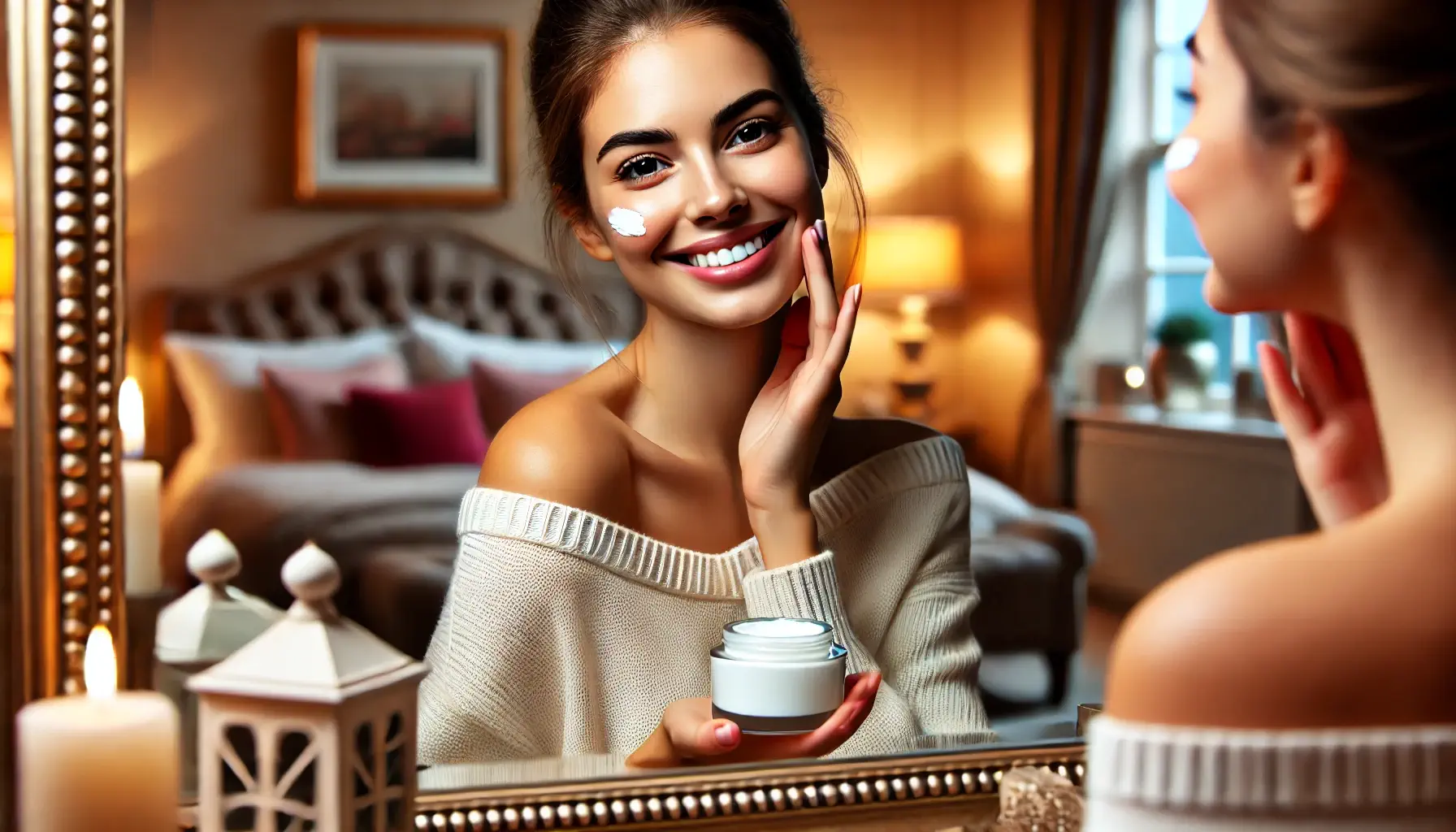Skin peeling creams are a game-changer for anyone seeking a fresher, clearer complexion, no appointment needed. By choosing the right type, following usage guidelines, and staying patient, you’ll unlock glowing skin that rivals professional treatments.
Table of contents
Common skin issues addressed by skin peeling creams
Types of skin peeling creams
Top 7 skin peeling creams to try in 2024
How to use skin peeling creams safely ?
10 FAQs about skin peeling creams
Why trust at-home skin peeling creams ?
Common skin issues addressed by skin peeling creams
Skin peeling creams use gentle exfoliating acids or enzymes to dissolve dead cells, unclog pores, and stimulate collagen. Here’s a breakdown of the top concerns they target:
- Acne scars & breakouts: Peels like salicylic acid (BHA) penetrate pores to reduce inflammation and fade post-acne marks.
- Hyperpigmentation & dark spots: Ingredients like glycolic acid (AHA) help lighten discoloration caused by sun damage or hormonal changes.
- Fine lines & wrinkles: Lactic acid and retinoids boost cell turnover, softening creases and improving elasticity.
- Uneven skin texture: Peeling creams smooth rough, bumpy skin by shedding dead cells.
- Dull complexion: Say goodbye to lifeless skin—peels reveal a brighter, fresher complexion.
- Clogged pores & blackheads: Regular use prevents congestion and improves overall clarity.
- Sun damage & aging: Antioxidant-rich formulas repair UV-induced damage over time.
Types of skin peeling creams: best options for acne, anti-aging & more
Not all peeling creams are created equal. Your skin type and goals determine the best formula:
AHAs (alpha hydroxy acids)
- Glycolic acid: Best for normal to dry skin; tackles fine lines and pigmentation.
- Lactic acid: Gentle enough for sensitive skin; hydrates while exfoliating.
BHAs (beta hydroxy acids)
- Salicylic acid: Ideal for oily, acne-prone skin; unclogs pores and reduces oil.
PHAs (poly hydroxy acids)
- Gluconolactone: Mild exfoliation for sensitive or rosacea-prone skin.
Enzyme peels
- Fruit enzymes (papaya, pineapple): Offer gentle exfoliation for delicate skin.
Retinoid peels
- Boost collagen and cell renewal; best for anti-aging.
Pro tip: Always patch-test new products and start with lower concentrations (5–10%) to avoid irritation.
Top 7 skin peeling creams to try
Here are our dermatologist-approved picks for every skin type and budget:
- The Ordinary AHA 30% + BHA 2% peeling solution – Deep exfoliation (use once weekly).
- Paula’s Choice Skin Perfecting 2% BHA liquid exfoliant – Salicylic acid to clear pores and reduce redness.
- Drunk Elephant T.L.C. Sukari Babyfacial – A 25% AHA + 2% BHA mask for glowing, baby-soft skin.
- Neutrogena Rapid Wrinkle Repair Retinol Pro+ cream – Retinol + hyaluronic acid to smooth lines gently.
- First Aid Beauty Facial Radiance Pads – Lactic and glycolic acids for sensitive skin types.
- Cosrx AHA 7 Whitehead Power Liquid – Korean beauty gem for brightening and texture.
- Biossance Squalane + Lactic Acid Resurfacing Night Serum – Hydrating lactic acid for dry or mature skin.
How to use skin peeling creams safely: a step-by-step guide ?
Maximize results and minimize irritation with these tips:
- Patch test first: Apply a pea-sized amount to your inner wrist and wait 24 hours.
- Start slow: Use 1–2 times weekly, gradually increasing frequency as tolerated.
- Cleanse & dry: Apply to clean, dry skin—avoid wet or damp faces.
- Follow time limits: Leave on for the duration specified (e.g., 5–10 minutes).
- Rinse thoroughly: Use lukewarm water, then apply a hydrating serum and SPF.
- Avoid layering: Don’t mix with other actives (e.g., vitamin C or retinol) on the same night.
Pro tip: Always apply sunscreen daily—peels increase sun sensitivity!
10 FAQs about skin peeling creams
- Are at-home peels safe? Yes, when used as directed. Formulas are milder than professional peels but still effective.
- How often should I use a peeling cream? Start with 1–2 times weekly; adjust based on your skin’s tolerance.
- Can I use peels on active acne? Avoid broken skin, but BHAs like salicylic acid can help prevent future breakouts.
- What’s the “peeling” process like? At-home peels rarely cause visible peeling—instead, expect slight tingling or tightness.
- Can I use moisturizer after? Yes! Follow with a fragrance-free moisturizer to soothe skin.
- How long until I see results? Improvements in texture/brightness appear in 2–4 weeks; scars/pigmentation take 8–12 weeks.
- Are peels safe for sensitive skin? Opt for PHAs or enzyme peels, and consult a dermatologist first.
- Can I use peels during pregnancy? Avoid retinoids and high-concentration AHAs; stick to gentle enzyme formulas.
- What’s the difference between a peel and a scrub? Scrubs physically exfoliate, while peels dissolve dead cells chemically (less abrasive).
- Can I replace professional peels with at-home versions? For maintenance, yes! But severe concerns may still require clinical treatments.
Why trust at-home skin peeling creams ?
Modern formulas are backed by decades of research and designed for safe, gradual results. Brands now prioritize pH-balanced solutions, nourishing additives (like ceramides), and clear usage guidelines. When paired with consistency and sun protection, these creams offer a cost-effective way to:
- Save $100s compared to in-office treatments.
- Customize your routine based on your skin’s needs.
- Maintain results long-term without downtime.
Final thoughts
Skin peeling creams are a game-changer for anyone seeking a fresher, clearer complexion—no appointment needed. By choosing the right type, following usage guidelines, and staying patient, you’ll unlock glowing skin that rivals professional treatments.
Ready to start your journey? Pick one of our recommended products and let your skin shine!
Looking for personalized advice? Drop your questions in the comments below!
No. Retinol products are not recommended during pregnancy or breastfeeding.
What to read next

